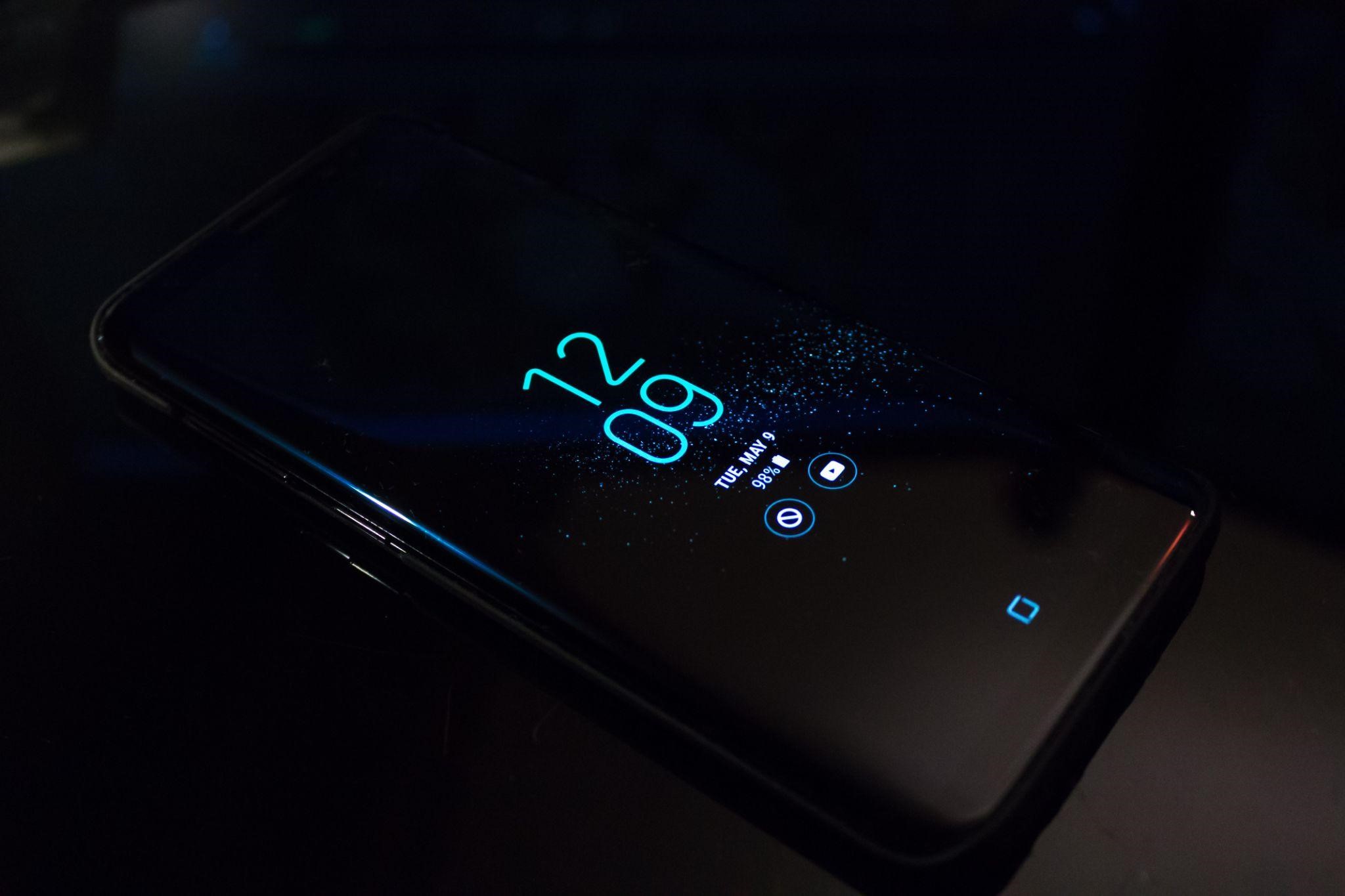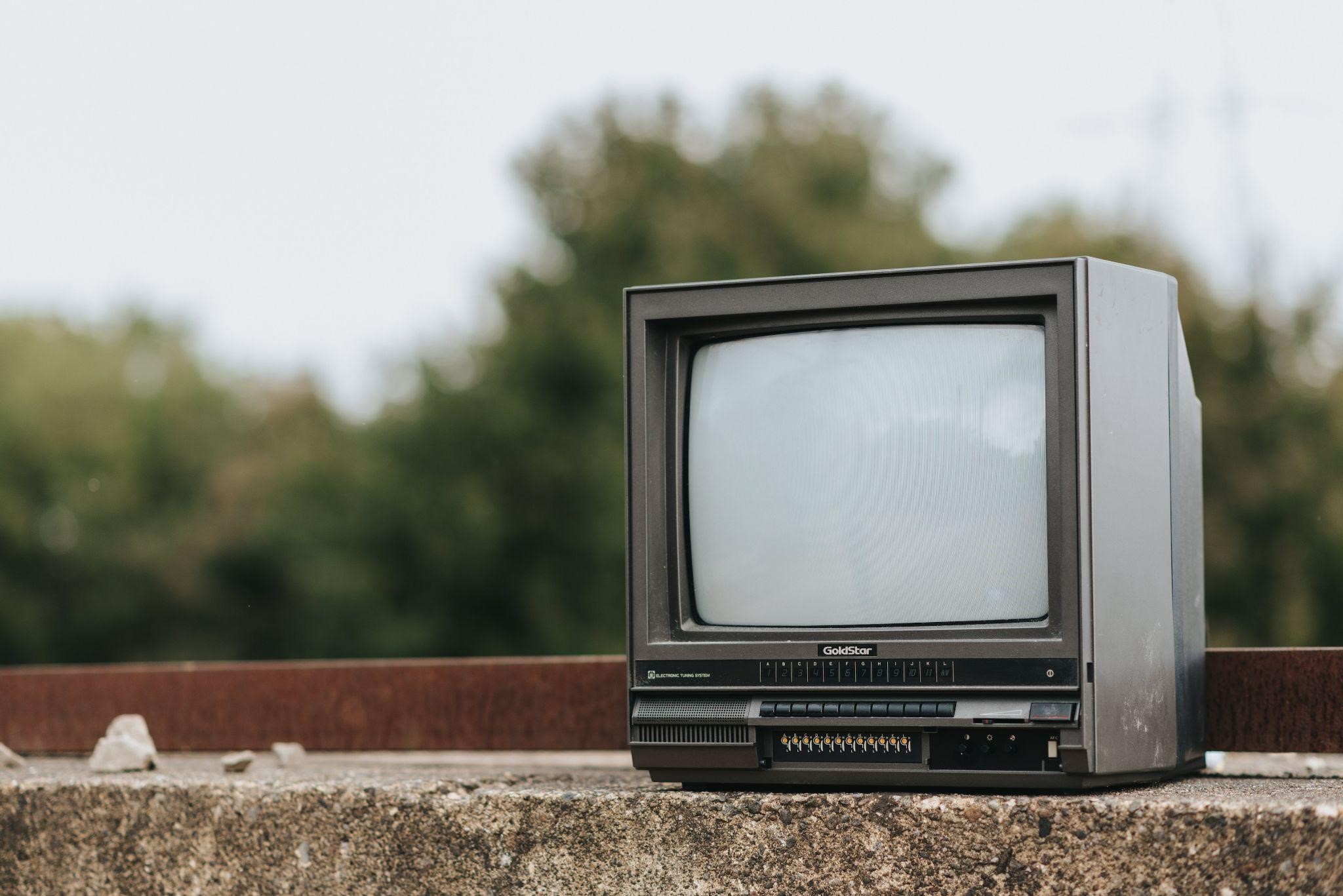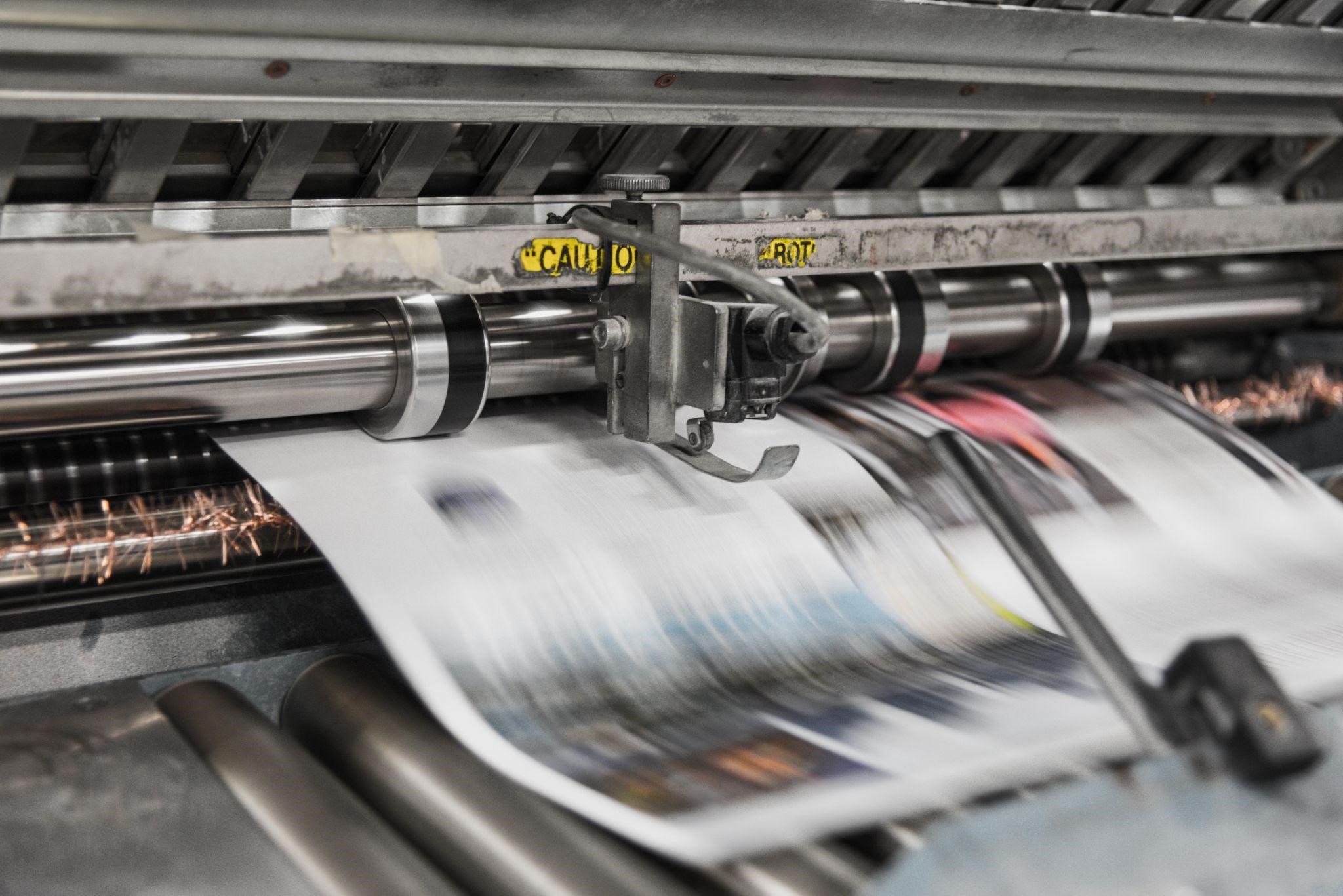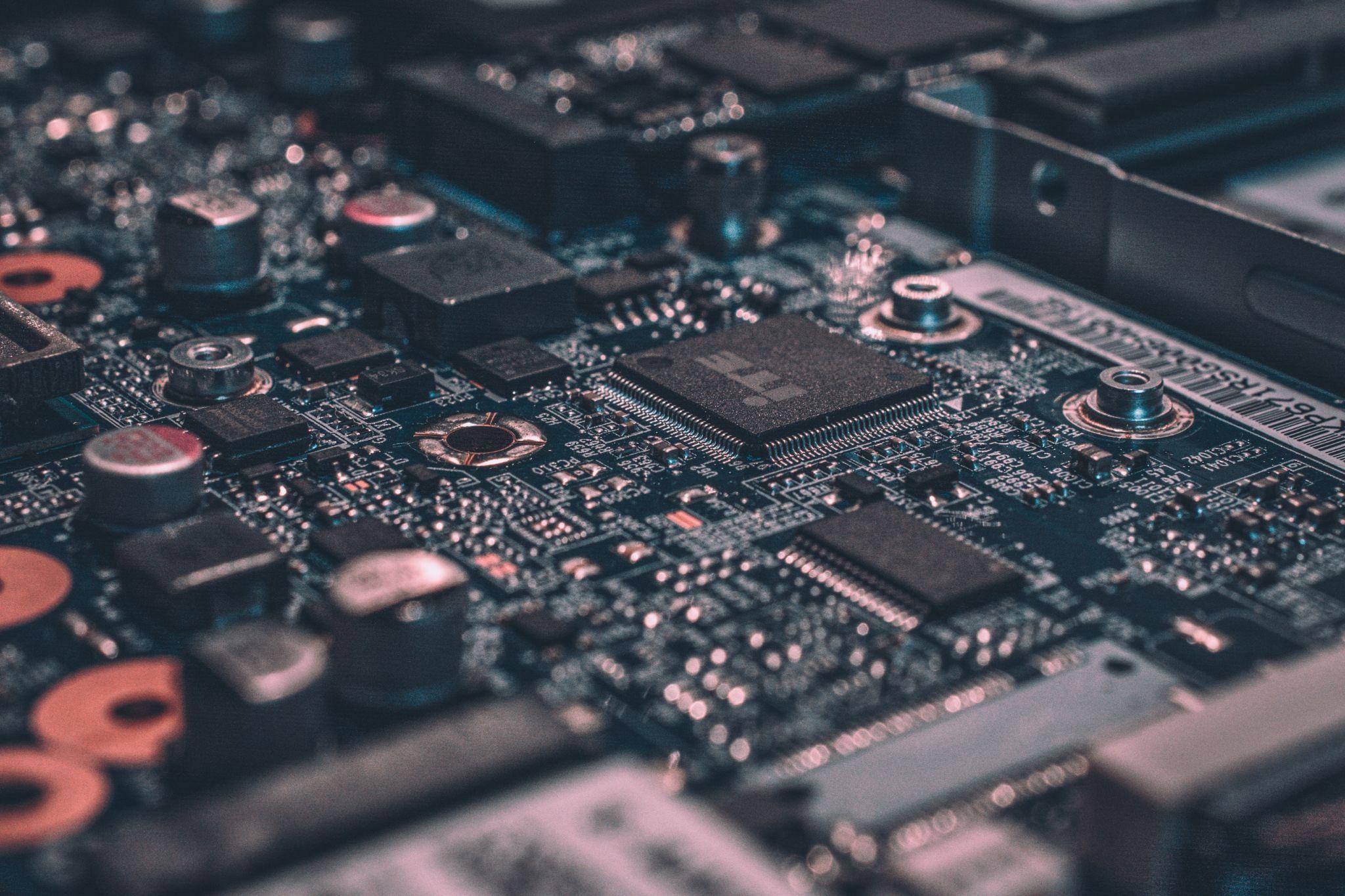The most direct and straightforward way to predict what awaits us in the future is to invent it. Every technological invention and discovery is the development and utilization of an idea that was once considered impossible and vague. However, once treated seriously and brought from a scratched idea to reality, some inventions can make revolutionary changes in everyone’s life and eventually emerge themselves closely to people’s routines and daily habits.
Every gadget and device is a prop for a modern man to significantly improve the quality of his life and simplify repetitive activities. Whether it’s a simple smartphone, TV, calculator, or more advanced medical gadgets and fitness devices, their importance is hard to deny.
But are all innovations and technology creations at the same level? Even though every single device entering our life has its own uses and goals, there are a few tech gadgets that are incomparable in terms of productivity and the changes they brought to the world. Here let’s review the top 5 gadgets that have left a huge trace in the history of technological discoveries from the first moment of their appearance.
#1 The PC

Right from the beginning, computers were big-sized gadgets that could take up half of your room space. And they were outside an average person’s price range as well. Home computers were available to people worldwide in the 1970s, but they started to really take off several years later, particularly in 1981 with the entrance of IBM’s PC, which cost almost $1,600.
Gradually, computers have, of course, become more compact as well as more powerful and started to pave the way for advanced technological innovations such as laptops, smartbooks, netbooks, smartphones, and other computing devices. What’s more, with PCs conquering the world, the Internet also became possible. And already in 2007, more than 75 % percent of U.S. households had an Internet connection, and over 230 million computers were in active use.
#2 Mobile Phones/Smartphones

The smartphone is the next significant invention, without which a modern person can’t even imagine a single day. The world’s first smartphone was introduced by IBM in 1993. The first model, “Simon,” weighed almost a pound and provided a touch-screen keyboard, functions of an address book and calendar, and fax/email capabilities. It cost almost $900.
Later on, smartphones got cheaper and smaller throughout the ’90s. As such, already in the first decade of the 21st century, the world welcomed various modern models like Blackberries, Treos, and iPhones to become solid household names. Currently, this variety of devices is even wider and covers hundreds of brands, styles, sizes, and functionality.
However, long gone are days when a phone was just a means of communication. Studying, working, communicating, playing, and even exercising – all these now are done through multi-functional mobile phones.
Smartphones enable people to surf the Web, run various useful apps, and send emails directly from their phones.
All this convenience made traditional cellular phones an item of the past.
#3 Radio

In 1901, when Guglielmo Marconi introduced his radiotelegraph system to the world, he presented it as a practical way for ships to communicate with one another wirelessly. However, by the 1920s, radios had already exceeded all initial objectives, and regular broadcasts of news and music exploded, announcing the start of a new era in the development of mass media.
From military radars to small monitors, radio is now firmly engraved in everyday life. Also, the ability to use radio waves gradually made it possible to develop various forms of wireless networking, including Wi-Fi and cell phones.
#4 TV

The “sibling” of Radio is no one else than TV. TV is a way to generate and keep collective memories, stay updated and informed on the things happening worldwide, discover new and extraordinary places just sitting on the couch, and keep on with the latest trends circulating in society. It can be considered the most advanced discovery in the history of mass media. Not only did television reshape our views of the world, but even today, in the digital age of the Internet, Netflix, YouTube, and Facebook, it remains the most powerful innovation in its direction.
In a nutshell, with the development of TV, everything from advertising to how people receive information was brought to an entirely new level.
#5 The Printing Press

The next big game changer in the history of mankind is the printing press. The credit for this innovative gadget goes to German goldsmith Johannes Gutenberg who invented the printing press around 1450, although he was not the first one to automate the book-printing process.
The original printing gadget came with quite big sizes and couldn’t be considered a compact and neat device. However, the changes it brought to the literacy sphere were as big and enormous as its “sizes.” The primary technology behind the machine was to use thousands of adjustable metal letters to copy text and all this with fewer costs easily.
Before the invention of the printing press, books were generally hand-scribed, that’s why they were pricey. Moreover, the mass production of books made information easily accessible to all classes of society, increasing their literacy level.
Some Final Thoughts
With the invention of these breakthrough gadgets, the way to more advanced and multi-functional devices was paved. Today our lives are several times easier and more convenient due to all technological innovations – from smart speakers to smartphones, cameras, smartwatches, and many more – new tech gadgets completely changed the ways we live and communicate with each other. While many would probably argue that these devices continuously improve the quality of our lives, keeping us more connected to entertainment, information, and each other, some do not share the same opinion.
But either way, there are several technologies and gadgets that have revolutionized the world and our lives forever. And it’s a fact boldly engraved on the ground.
